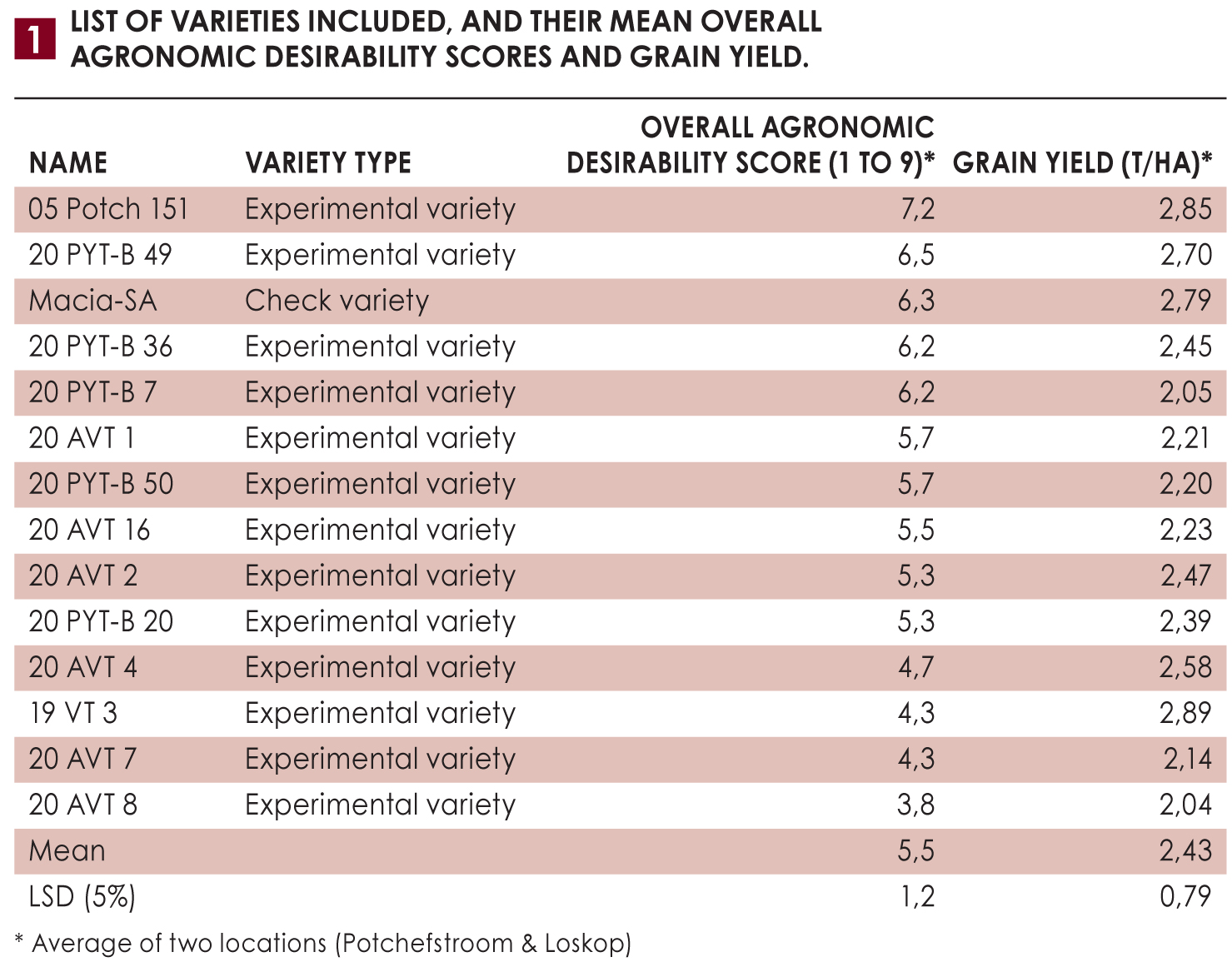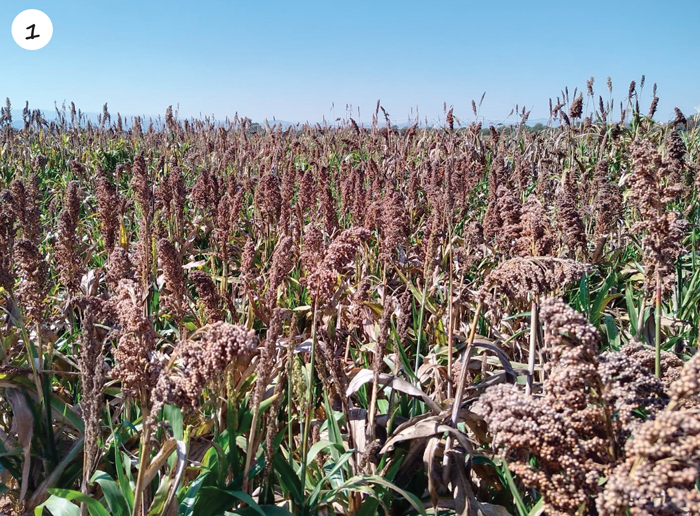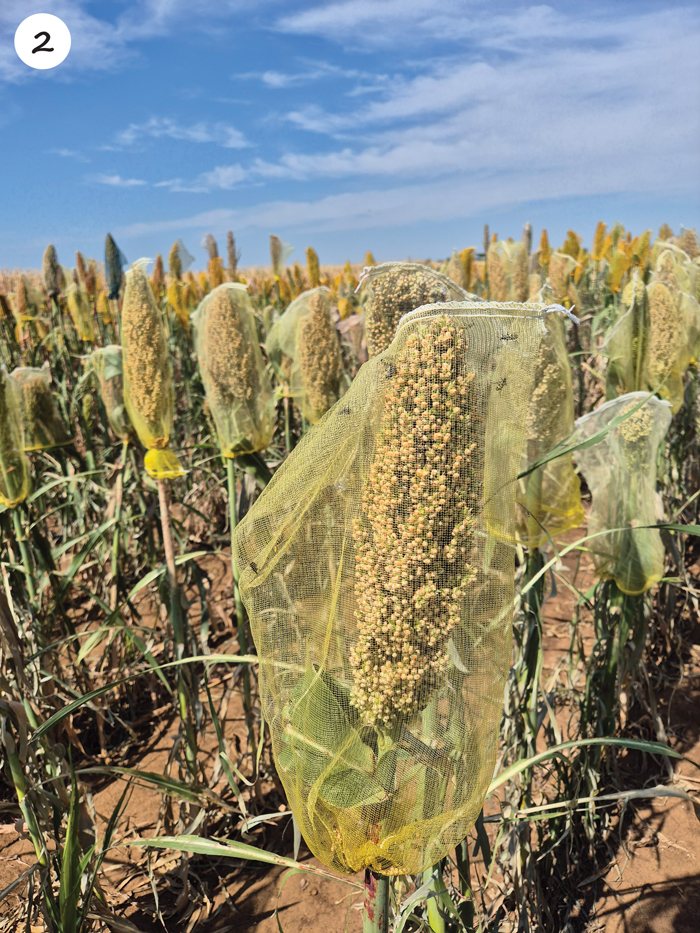With an increasing human population, levels of hunger and malnutrition have remained a major problem in many parts of South Africa. The cultivation of crops with good nutritional value like sorghum can form part of the solution to this problem.
Sorghum is proven to be among the most resilient food security crops, as it possesses attributes that makes it ideal for production under low input agricultural systems and in marginal production areas, which represent South Africa’s rural landscape.
Its production is, however, constrained by several factors which include abiotic stresses (such as drought and low soil fertility), biotic stresses (quelea birds, pigeons, insect pests, and diseases) as well as poor grain quality.
Sorghum improvements through research and evaluation are the backbone for increases in productivity, food security and nutritional quality. The development of cultivars with a wide adaptation and high yield potential for grain (food), fuel, and feed is highly desirable.
Agronomic desirability and grain yield are the most important criteria assigned to cultivars by producers and form the basis of cultivar recommendations provided by research and extension services. Recommendation of a cultivar based only on grain yield may therefore not be sufficiently justified. The objective of this study was to evaluate the performance of newly bred and advanced breeding lines for yield and other traits and to identify better performing sorghum varieties.
Materials and methods
Field trial locationsand plant materials
Field trials were conducted at two locations during the 2023/2024 growing season: the ARC-Grain Crops experimental farm in Potchefstroom, North West, and the Loskop experimental farm in Limpopo Province. The trial included 13 experimental grain sorghum varieties developed by the ARC and one check variety (Table 1). The experimental design used was a randomized complete block design with three replications. The plot was composed of four rows of 5 m length. Data were collected from the central two rows of each plot.
The overall agronomic desirability is a subjective score given to each variety in the trial for its agronomic worth or performance, on a scale of 1 to 9 (where 8 to 9 = excellent, 7 = very good, 6 = good, 5 = moderate, average, 4 = slightly below average, and 1 to 3 = marginal, below average). Grain yield was determined for each variety by harvesting the middle two rows in each plot.
Results
Partial views of the field trials conducted at the two locations are shown in Photo 1 and Photo 2. The analysis of variance on grain yield and overall agronomic desirability score for each environment revealed significant differences between genotypes (Table 1). The combined analysis showed highly significant differences between genotypes (P < 0,05), locations (P < 0,001), but no significant difference for genotype by location interactions.



The significant differences between genotypes for grain yield within the same environment could imply that the genotypes exhibit variation in their ability to adapt to the environmental growing conditions (water, nutrients, light, and tolerance to various biotic and abiotic stresses encountered). Furthermore, absence of genotype by location interaction from the combined analysis of variance on grain yield implies the ease of direct phenotypic selection of superior varieties. Currently, the nutritional values of the varieties are being tested.
Based on the current results, varieties 05 Potch 151 and 20 PYT-B 49, that performed equal to the check variety in both overall agronomic desirability score and grain yield, will be promoted for variety registration and production. On the contrary, variety 19 VT 3 with the top grain yield of 2,89 t/ha only scored 4,3 as average overall agronomic desirability score. Therefore, it could not be recommended for variety registration as it is not suitable for crop production.



























